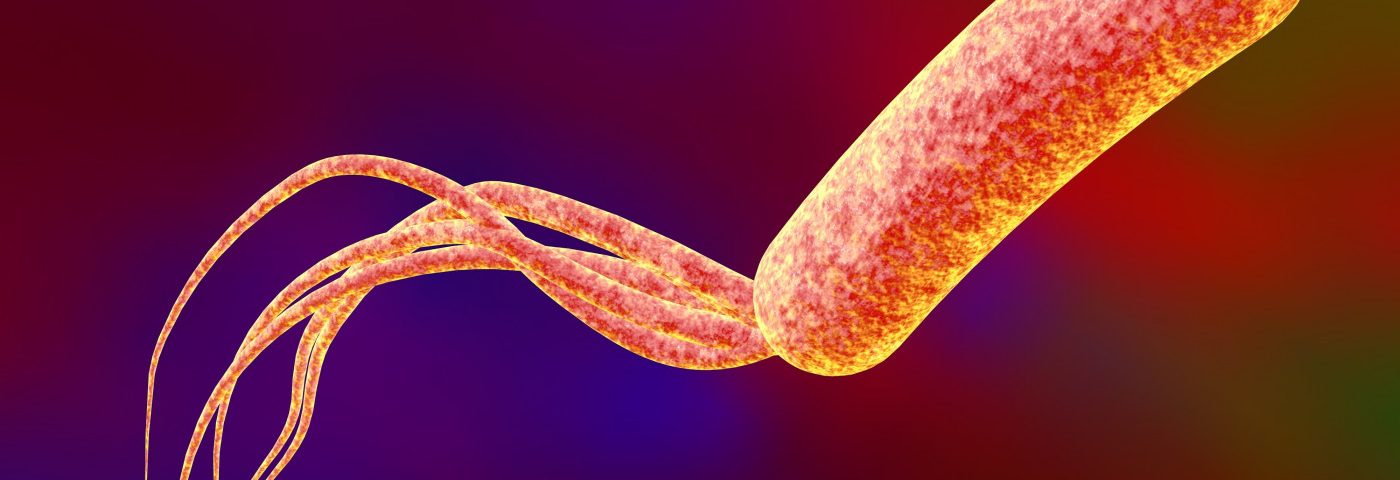Savara Pharmaceuticals has acquired global rights to develop and commercialize Grifols‘ inhaled antibiotic formulation Apulmiq (ciprofloxacin) for the treatment for non-cystic fibrosis bronchiectasis (NCFB).
The agreement comes a couple of months after Grifols acquired Apulmiq and any related intellectual property from Aradigm, which originally developed Apulmiq but recently filed for bankruptcy.
Savara will now work with the U.S. Food and Drug Administration (FDA) to design the confirmatory Phase 3 trial required by the regulatory agency for Apulmiq’s approval.
“We are very excited about Apulmiq and believe it represents a transformational addition to our pipeline,” Rob Neville, Savara’s CEO, said in a press release. “Acquiring the rights provides us with another high potential Phase 3 program that leverages our core capabilities in inhaled orphan drug development and complements our existing pipeline.”
Added James Chalmers, PhD, chair of EMBARC, the European Bronchiectasis Registry: “I look forward to working with Savara on the confirmatory Phase 3 study that will benefit from the learnings of previous clinical studies of Apulmiq and other inhaled antibiotics in NCFB.”
Bronchiectasis is characterized by chronic airway inflammation, poor mucus clearance, and a high rate of recurring lung infections that together can lead to lung damage.
Apulmiq, also known as Linhaliq in Europe and previously as Pulmaquin, is an inhaled formulation of ciprofloxacin, a widely prescribed antibiotic for acute lung infections. The treatment consists of free ciprofloxacin that is immediately available to fight infections, as well as ciprofloxacin loaded into tiny vesicles. These vesicles, called liposomes, slowly release the antibiotic into the lungs, allowing it to be available for longer periods.
Apulmiq is being developed for NCFB patients experiencing chronic lung infections with Pseudomonas aeruginosa bacteria, which cause infections in about one-third of bronchiectasis patients.
The therapy was previously tested in two Phase 3 trials — ORBIT-3 (NCT01515007) and ORBIT-4 (NCT02104245) — in a total of 582 patients. Results from the ORBIT studies showed that Apulmiq was safe, extended the time to the first pulmonary exacerbation and reduced the frequency of such exacerbations, compared with a placebo.
Yet, the findings were only significant in ORBIT-4 as the other trial failed to demonstrate a significant benefit over a placebo in most of its objectives.
Because of these discrepant results, the FDA refuse to approve the therapy in January 2018, and stood by its decision in 2019 even after an independent third party confirmed the beneficial effects of Apulmiq.
The FDA recommended that another well-designed Phase 3 trial examine the frequency of pulmonary exacerbations as a primary objective, rather than the time to first exacerbation as was the case in the ORBIT trials.
Savara is planning that Phase 3 trial, whose design — including patient population and objectives — will be based on key findings from prior studies of inhaled antibiotics for NCFB, according to the company.
“I am excited that Savara will be advancing this important investigational therapy,” said Chalmers, who is also a professor of at the University of Dundee. “Bronchiectasis patients have no approved drug options available and I believe many patients could substantially benefit from an effective inhaled antibiotic.”
Savara also announced that it closed enrollment in two studies due to COVID-19-related concerns, including the ENCORE Phase 2a trial (NCT03597347) testing Molgradex (molgramostim) in cystic fibrosis patients with chronic nontuberculous mycobacteria lung infections.
The trial, initiated in April 2019, had already enrolled 14 of the targeted 30 participants. Savara believes the data from these patients will be enough to provide information about the treatment’s safety and efficacy.
Enrollment was also stopped early in the AVAIL Phase 3 trial (NCT03181932) testing AeroVanc in cystic fibrosis patients with methicillin-resistant Staphylococcus aureus lung infections, although it was already close to completion. Top-line results are still expected early next year.

